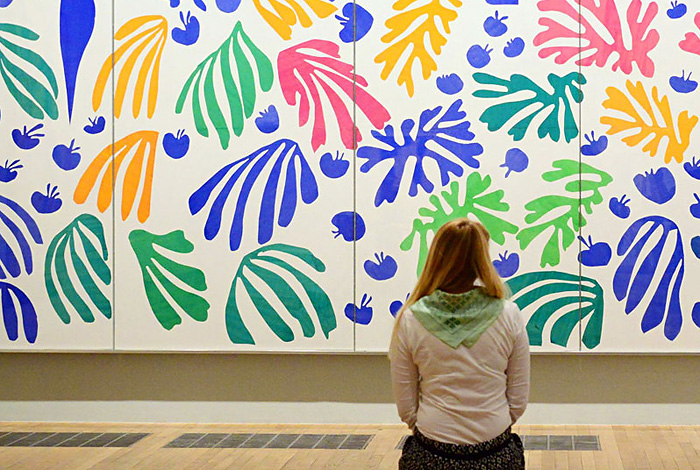
THREE EXAMPLES OF CULTURAL HERITAGE PRESERVATION
The role of culture as a place of employment and source of income is growing all over the world. At the same time, culture gives something money cannot buy. If the correct approach is taken, culture favours social cohesion and involvement of the population, and is a source of identity and power for reconciliation and consolidation of communities.
For instance, the World Heritage Centre arranged training in Egypt for studying environmentally-friendly creative embroidery, and so 200 Egyptians learned to produce and sell eco-friendly handmade palm leaf and branch items. This contributed to an increase in the number of jobs, growth of incomes, and the development of the new craftsman community.
The Joint United Nations Programme UNESCO has identified the need to establish dynamic cultural activities to preserve the cultural heritage of Mauritania. And now there are dozens of festivals organized in the region every year, attracting large audience, developing local tourism, and promoting the growth of incomes and social cohesion of population.
In Benin, the Global Cultural Heritage Fund is developing a new business model for the country’s music sector. Because of this project, 100 points of local music sale will appear in Cotonou, where musicians will be able to present their works.
More information may be found here: http://en.unesco.org/post2015/sites/post2015/files/The%20Power%20of%20Culture%20for%20Development.pdf




